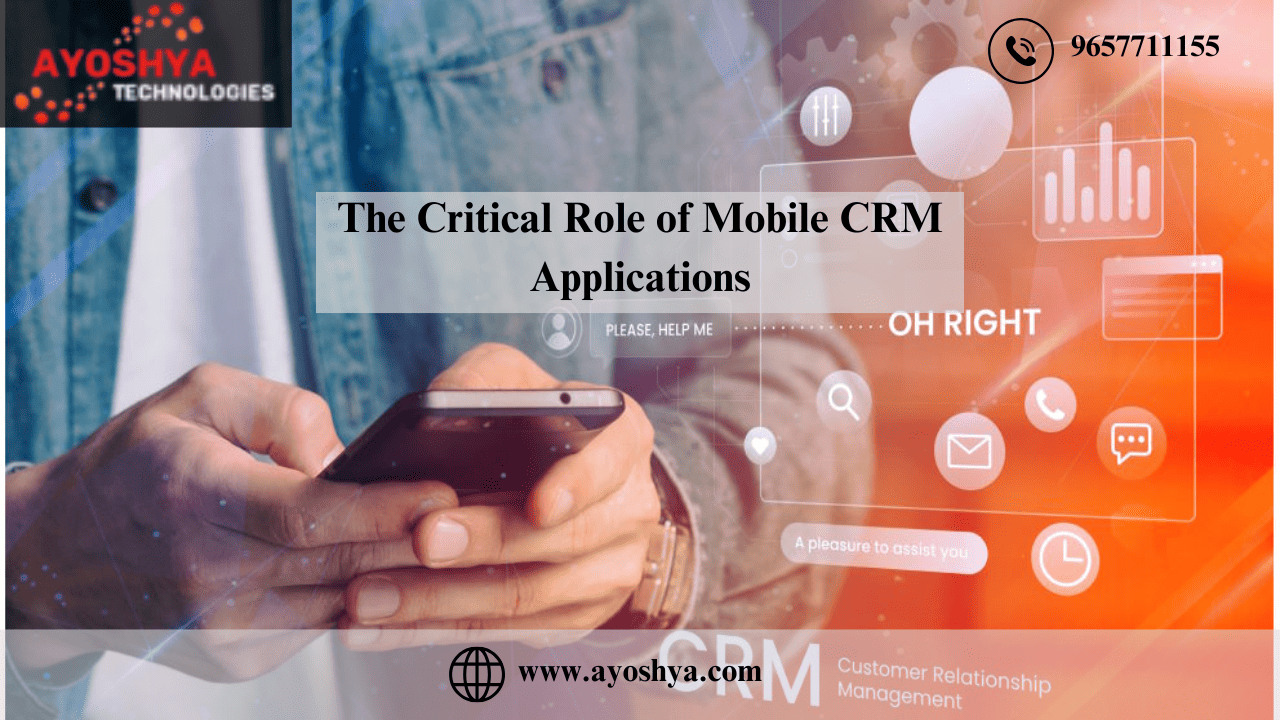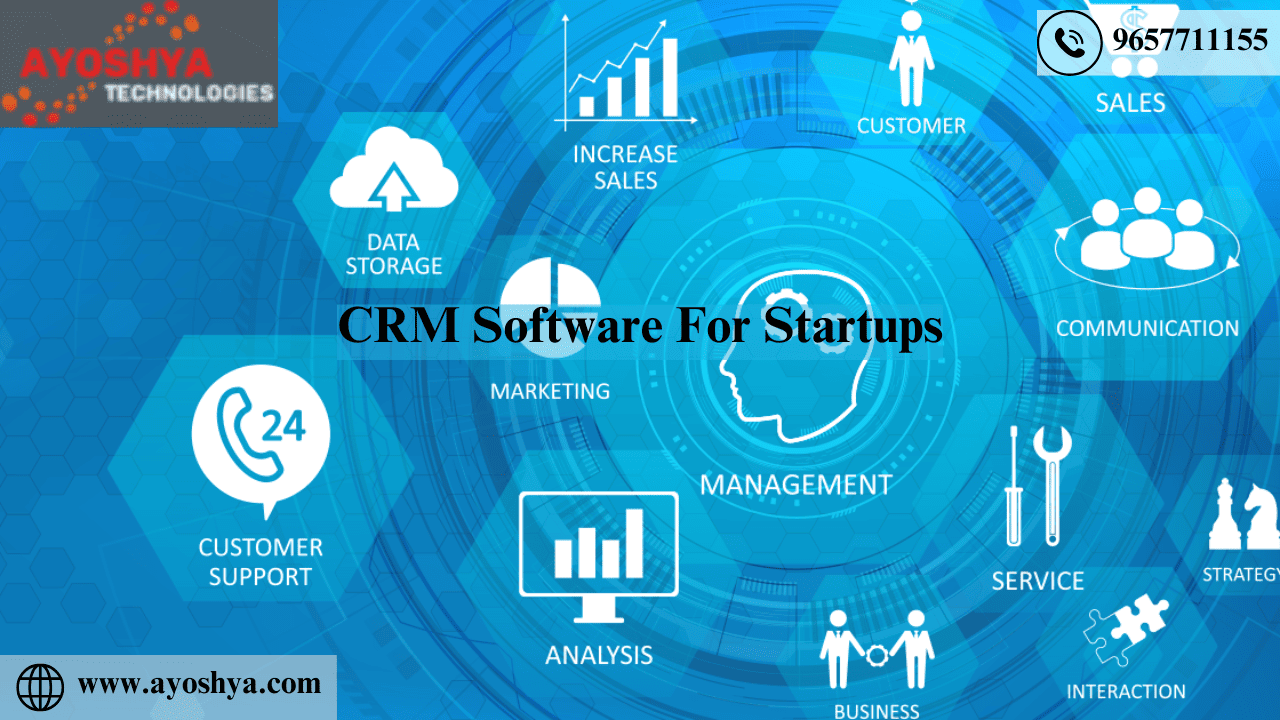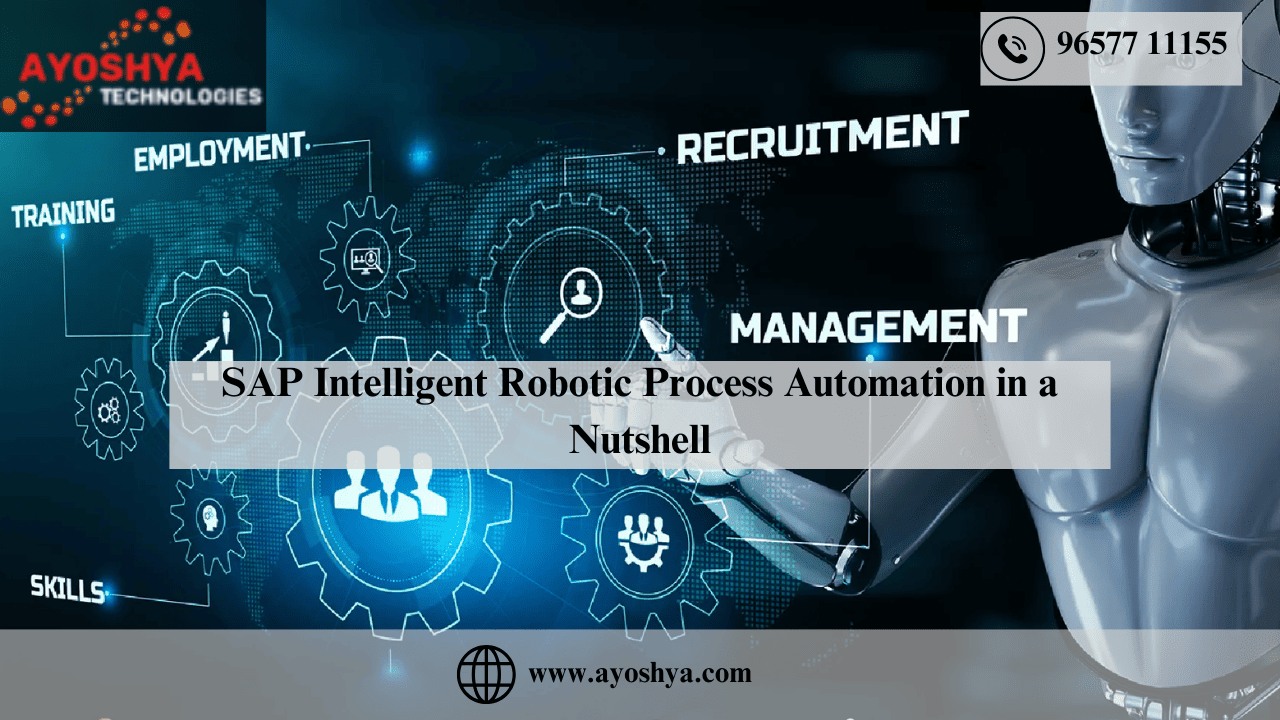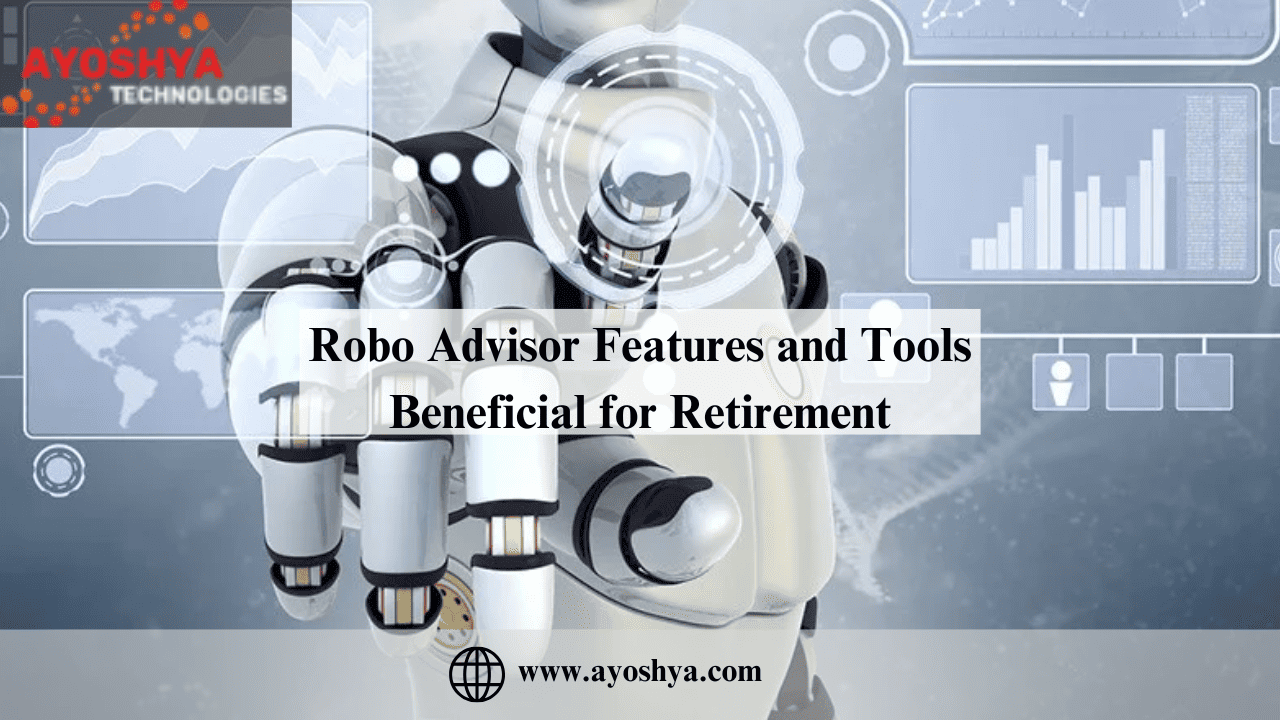NLP Tools in the Educational Industry
Automated Grading: NLP evaluates student essays and short answers, providing quick and consistent grading.
Personalized Learning: Tailors educational content to match student learning styles and pace.
Language Learning: Supports language acquisition with pronunciation, grammar, and vocabulary assistance.
Student Feedback Analysis: Processes student feedback to improve teaching methods and materials.
Content Summarization: Summarizes academic texts, making study materials more accessible.
Chatbots for Tutoring: Offers 24/7 tutoring and answers questions in various subjects.
NLP in Learning Experiences

Personalized Learning
NLP transforms educational content to suit each learner’s unique style and pace.
This personalized approach is evident in platforms like Knewton, where NLP analyzes individual performance and tailors lessons accordingly. Key features include:
Adaptive learning paths that adjust based on student interactions.
Feedback analysis to understand student needs and modify instructional content.
Language Learning
NLP significantly aids language acquisition by offering:
Simulated conversations with virtual characters, enhancing conversational skills in a safe, controlled environment. Applications like Duolingo utilize NLP to provide corrections and suggestions, mimicking natural language interactions.
Real-time feedback on pronunciation and grammar is crucial for building confidence and competence in a new language.
Accessibility
Making education more accessible, NLP tools such as text-to-speech and speech recognition technologies support students with various disabilities:
Text-to-speech applications like Natural Reader help visually impaired learners by reading digital text aloud.
Speech recognition technology enables students to interact with learning management systems verbally, aiding those with physical disabilities.
Transforming Teaching Methods with NLP

Automated Grading and Feedback
NLP streamlines the assessment of student assignments through the following:
Automated grading systems that evaluate written responses significantly reduce educators’ workload. Tools like Turnitin offer detailed insights into student submissions, including originality checks and grammatical feedback.
The impact on educator workload is profound, freeing time for more interactive and personalized teaching methods.
Interactive Learning Environments
Innovative learning spaces are created using NLP-driven chatbots and virtual assistants, offering:
24/7 assistance to students for queries and explanations, as seen with Georgia Tech’s Jill Watson, a virtual TA powered by NLP.
Engagement through conversation makes learning more dynamic and responsive to student inquiries.
Curriculum Development
NLP aids educators in curriculum design by:
Analyzing educational content across various sources to identify coverage gaps or areas needing emphasis.
Informing curriculum improvements with data-driven insights, ensuring that instructional materials meet the evolving needs of their student population.
By integrating NLP technologies, the educational industry can create more adaptive, inclusive, and engaging learning experiences, supporting educators and students in achieving their objectives.
Improving Administrative Tasks in Education through NLP
Admissions and Enrollment
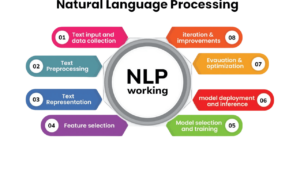
The application of NLP significantly alters the admissions landscape by:
Automating the review of applications and supporting documents, rapidly processing vast amounts of text to identify key information and insights.
Playing a crucial role in improving the efficiency of admissions processes, allowing institutions to handle applications more swiftly and accurately.
Document Management
For educational institutions, managing an ever-growing volume of documents is made more manageable with NLP:
Intelligent categorization and summarization aid in organizing educational records, transforming how documents are handled and accessed.
The advantages include a more organized document repository and quicker access to essential information, saving time for both staff and students.
Communication Enhancement
NLP elevates the quality of communication within the educational community by:
Facilitating clearer interactions among educators, students, and parents, ensuring that messages are understood and acted upon efficiently.
Employing sentiment analysis and language translation tools to break down barriers in communication, fostering a more inclusive educational environment.
Pros and Cons of NLP Tools in the Educational Sector

Improved Efficiency in Grading: NLP tools can grade assignments, essays, and exams quickly and consistently, freeing educators to focus more on teaching and less on administrative tasks.
Enhanced Personalized Learning: By analyzing individual student data, NLP enables the creation of customized learning plans that address each student’s strengths and weaknesses, fostering a more effective learning experience.
Accessibility Enhancements: NLP technologies, like text-to-speech and speech recognition, make educational materials more accessible to students with disabilities, breaking down barriers to learning.
Language Learning Support: These tools assist in language education by providing real-time feedback on pronunciation, grammar, and vocabulary, enhancing language acquisition.
Engagement Through Interactive Learning: NLP-driven chatbots and virtual assistants can offer 24/7 tutoring, answer questions, and interact with students more engagingly than traditional study methods.
Streamlined Communication: NLP can analyze sentiment and intent in communications between students and teachers, leading to clearer and more effective interactions.
Cons of NLP Tools in the Educational Sector
Data Privacy Concerns: The collection and analysis of student data by NLP systems raise significant privacy issues, necessitating strict data protection measures.
Potential for Bias: If not carefully managed, NLP algorithms may inherit or learn biases from their training data, leading to unfair outcomes for certain student groups.
Cost of Implementation: Acquiring, integrating, and maintaining advanced NLP systems can be costly, which might be prohibitive for some institutions, especially those with limited budgets.
Overreliance on Technology: There’s a risk that an over-dependence on NLP tools could diminish the value of human interaction and the development of critical thinking and problem-solving skills.
Resistance to Adoption: Educators, administrators, and students may resist adopting new technologies due to a lack of familiarity or fear of change, potentially hindering the effective use of NLP tools.
Technical Challenges and Training: Effective use of NLP technologies requires adequate training for educators and administrators, which can be time-consuming and require ongoing support.
Incorporating NLP tools into the educational sector offers significant potential to transform learning and teaching processes. However, addressing the cons through thoughtful policy-making, training, and technology design is crucial to ensure these tools benefit all students equitably.
Challenges and Ethical Considerations
Integrating Natural Language Processing (NLP) into educational systems presents unique challenges and ethical considerations that institutions must carefully navigate.
Data Privacy and Security
The utilization of NLP technologies in education necessitates stringent safeguards for sensitive information. This concern is paramount as educational institutions handle a wealth of personal data, from student records to faculty information. To protect this data, several measures are essential:
Encryption and Secure Data Storage: Ensure all data processed by NLP systems is encrypted and stored securely to prevent unauthorized access.
Access Control: Implementing robust access control measures ensures that only authorized personnel can access sensitive information.
Regular Audits: Conducting security audits and vulnerability assessments to identify and mitigate potential security risks.
Bias and Fairness
A critical ethical consideration in deploying NLP tools is the potential for algorithmic bias, which can lead to unfair outcomes for diverse student populations. To address this issue:
Diverse Training Data: Institutions must use a broad range of training data that reflects the diversity of the student population to reduce bias in NLP algorithms.
Algorithmic Transparency: Making NLP algorithms transparent and understandable to educators and students can help identify and correct biases.
Continuous Monitoring and Updating: Regularly monitoring and updating NLP tools to adjust for biases and ensure fairness in their application.
Implementation Barriers
Adopting NLP technologies in educational settings involves overcoming several implementation barriers:
Financial Constraints: For some institutions, the cost of acquiring, implementing, and maintaining NLP systems can be prohibitive.
Training and Support: Adequate training for educators and administrative staff to use NLP tools effectively is crucial for successful implementation.
Resistance to Change: Overcoming resistance from stakeholders accustomed to traditional teaching and administrative methods requires demonstrating the tangible benefits of NLP technologies.
Future Directions

Looking ahead, the field of NLP holds promising potential to further transform educational experiences and methodologies.
Exploration of Emerging Trends
Emerging trends in NLP applications within education are poised to address current limitations and open new avenues for teaching and learning:
Advanced Sentiment Analysis: Improved sentiment analysis techniques can offer deeper insights into student feedback, enhancing student support and engagement.
Augmented Reality (AR) and NLP Integration: Combining NLP with AR technologies to create immersive and interactive learning experiences that can simulate real-world scenarios.
Revolutionizing Learning and Teaching Methodologies
The ongoing advancements in NLP technology have the potential to revolutionize educational practices:
Personalized Adaptive Learning Paths: NLP can facilitate the creation of highly personalized learning paths that adapt in real-time to the student’s progress, interests, and learning style.
Automated Content Generation: NLP tools could generate educational content on demand, tailored to the curriculum’s needs and students’ learning objectives, offering endless possibilities for a customized education.
As NLP technologies continue to evolve, their integration into education will undoubtedly lead to more innovative, accessible, and effective learning and teaching methodologies, reshaping the educational landscape for the better.
Top 15 Real-Life Use Cases for NLP Tools in the Educational Industry

1. Automated Essay Scoring
Technology: Machine learning algorithms trained on thousands of graded essays.
Benefits: Provides immediate feedback to students, allowing for rapid improvement and freeing educators to focus on in-depth instruction.
2. Language Learning Applications
Example: Duolingo uses NLP to offer personalized language learning experiences.
Benefits: Customized lessons and instant feedback on pronunciation and grammar enhance language acquisition.
3. Text-to-Speech for Accessibility
Technology: Advanced text-to-speech engines.
Benefits: Makes educational content accessible to visually impaired students, ensuring inclusivity.
4. Speech Recognition for Interactive Learning
Example: Tools like Dragon NaturallySpeaking assist students with disabilities by converting speech into text.
Benefits: Enables hands-free interaction with educational software, supporting diverse learning needs.
5. Sentiment Analysis for Student Feedback
Technology: Sentiment analysis algorithms.
Benefits: This position analyzes student feedback on courses and materials, helping educators adjust teaching methods and content for improved engagement.
6. Personalized Learning Platforms
Example: Platforms like K newton adapt coursework to fit individual student performance and learning styles.
Benefits: Tailors learning experiences to each student’s needs, optimizing learning outcomes.
7. Chatbots for Tutoring and Support
Technology: AI-driven chatbots.
Benefits: Offers students 24/7 tutoring and answers questions instantly, providing support outside traditional classroom hours.
8. Summarization Tools for Research
Technology: Summarization algorithms.
Benefits: Condenses long academic texts into key points and summaries, aiding in efficient study and research.
9. Curriculum Development and Analysis
Technology: Content analysis tools.
Benefits: Helps educators identify gaps in the curriculum and develop more comprehensive educational programs.
10. Automated Grading of Short Answer Questions
Technology: AI grading systems.
Benefits: Reduces educators’ grading workload, allowing more time for critical teaching activities.
11. Plagiarism Detection
Example: Turnitin employs NLP to detect similarities and potential plagiarism in student work.
Benefits: Upholds academic integrity by ensuring originality in student submissions.
12. Virtual Reality (VR) and NLP Integration
Technology: Combining VR with NLP for immersive learning.
Benefits: Creates realistic simulations and environments for experiential learning, enhancing understanding of complex subjects.
13. Natural Language Query Systems
Technology: Systems that understand and respond to queries in natural language.
Benefits: Students and educators can interact with databases and educational resources using conversational language.
14. Language Translation Tools
Technology: Real-time translation services.
Benefits: Break down language barriers in increasingly diverse educational settings, facilitating access to global knowledge.
15. Predictive Analytics for Student Success
Technology: Predictive modeling based on student data.
Benefits: Identifies students at risk of underperforming or dropping out, enabling early intervention and support strategies.
Each of these use cases demonstrates the transformative potential of NLP in the educational industry, from enhancing learning experiences and accessibility to streamlining administrative tasks and supporting educators.
FAQs
How do NLP tools assist in automated grading?
NLP systems swiftly evaluate student essays and short answers, ensuring consistent and unbiased grading across various subjects.
What is personalized learning through NLP?
NLP adapts educational material to fit each student’s unique learning style and pace, creating a more effective learning environment.
Can NLP improve language learning for students?
Yes, NLP enhances language learning by assisting with pronunciation, grammar, and expanding vocabulary in real time.
How does student feedback analysis benefit teaching?
By processing student feedback, NLP helps educators identify areas for improvement in teaching methods and materials, leading to better educational outcomes.
What role does content summarization play in education?
NLP can condense academic texts into key points and summaries, making it easier for students to access and understand critical information.
How do chatbots contribute to tutoring?
NLP-powered chatbots provide round-the-clock tutoring, offering explanations and answers across various subjects and supporting students whenever they need help.
Can NLP tools help with reading comprehension?
NLP tools can guide students through complex texts, offering explanations and summaries that help them understand and retain information.
Is it possible to customize study plans with NLP?
Yes, NLP can analyze a student’s performance and preferences to generate customized study plans that target improvement areas.
How do NLP tools handle different dialects in language learning?
NLP technologies are increasingly sophisticated. They can recognize and adapt to various dialects, thus enhancing the language learning experience for a diverse student base.
Can NLP improve accessibility for students with disabilities?
NLP technologies like text-to-speech and speech recognition make educational content more accessible to students with visual impairments or learning disabilities.
Are there NLP tools for exam preparation?
NLP applications can offer personalized exam preparation materials, focusing on areas where the student needs the most practice based on past performance analytics.
How do educators benefit from NLP in curriculum planning?
NLP can analyze educational content and outcomes to help educators identify gaps in the curriculum and areas that may benefit from additional resources or methodologies.
Can NLP assist in detecting plagiarism?
NLP-based tools effectively identify similarities and potential plagiarism in student work, promoting academic integrity.
How does NLP facilitate group projects and collaboration?
NLP tools can organize and summarize group discussions, assign tasks based on skill level, and ensure efficient collaboration among students.
Are NLP technologies expensive for educational institutions?
While costs vary, NLP technologies’ increasing availability and advancement make them more accessible and affordable for educational institutions and other industries, offering scalable solutions based on their size and needs.
Best practices for data migration in Salesforce
Art of Aesthetics: Mastering Theming and Styling in SAPUI5
How to Navigate the Different Sub-Modules in SAP Finance




